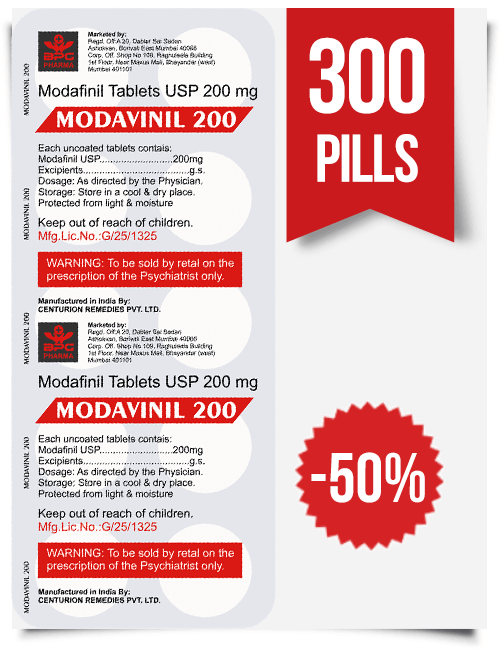Rising Developmental Disability Rates, Specifically in ADHD, Natural Diets and Exercises Show Promise
The Center for Disease Control and Prevention (CDC) has recently conducted a study which aimed at analyzing the evolution of developmental disability rates among American children, over a period of 11 years, from 1997 to 2008.
The study noted a steady increase in the prevalence of these disorders: while about 12.8% of American children suffered from some form of developmental disability in the 1997-1999 period, that figure grew to 15% in the period between 2006 and 2008, which translates to roughly ten million affected US children.
Some parents taking matters into their own hands, choosing the natural route with their children, including protocols like a raw food diet, have reversed autism and other disorders in some reported cases.
This staggering increase in diagnosis has led Dr. Coleen Boyle, head of the National Center on Birth Defects and Developmental Disabilities at CDC, to declare that the research is merely pointing out a health issue that needs to be addressed, and that "Children are our future, and many of these children can grow up to be very productive citizens, so we need to invest in programs to help facilitate their development." The study reveals the fact that ADHD and autism are the leading disorders to have increased in prevalence among young children.
While autism diagnoses have jumped 0.19% in the 2006-2008 period, when compared to 1997-1999, and ADHD diagnoses have risen from 5.7 to 7.6 between the aforementioned reference periods, a number of other developmental disorders that could be controlled or reversed are also affecting children.
Dr. Boyles study has taken note of various intellectual disabilities, learning disorders, seizures, cerebral palsy, along with other impairing conditions that have plagued children in the 1997-2008 time span, according to parental reports.
The exact causes of these deficiencies are still the subject of much debate, as the scientific community has yet to reach a consensus. Although there are clear indicators that autism, for example, has a strong genetic basis, numerous factors such as inadequate nutrition, heavy metal poisoning, prenatal exposure to toxic substances, pesticides and drug use are cited as possible causes.
This lack of scientific consensus, as well as the ambiguity surrounding the nature of autism and its many forms, has proven to be a fertile ground for numerous controversial hypotheses. The most important of them claims that there is a positive correlation between the onset of autism and the vaccinations toddlers undergo as part of standard immunization against hepatitis, polio and other infectious diseases.
While the medical community dismisses these claims and recommends the use of medication to target the symptoms of autism, numerous live examples have proven that embracing a healthy, natural way of life based on a raw diet that aims to strengthen the gut flora, aid immunity and detoxify the system, can prevent, and in some cases, even reverse autism in its early stages.
Exercise Improves Test Results for Students with ADHD
It’s always great when science confirms what we anecdotally know to be true. It happened again with a study published recently in the Journal of Pediatrics.
Researchers at Michigan State University found that students with ADHD focus better and are less distracted after a brief period of exercise.
The study led by MSU assistant professor of kinesiology Matthew Pontifex is the first to scientifically demonstrate what many parents of children with ADHD know from experience and should give pause to school systems cutting physical education in order to meet increasingly stringent budget demands.
In this study, 40 children, 20 of whom had ADHD ages 8-10 were divided into two groups: one group walked on a treadmill for 20 minutes, while the other group remained seated and read for the same period of time. All the children were then tested in a standardized format for reading comprehension and math.
Next, they were all asked to play a simple computer game.
According to a summary of the study in Medical News Today, all the subjects had better results on both tests after the work out.
Results of the computer game showed that participants with ADHD were able to focus better and slow down after making a mistake, in order to steer clear of future errors.
This study has significance on two levels according to Ponitfex. He believes these findings help justify why PE should remain in the curriculum. More important, for students with ADHD, he notes,This provides some very early evidence that exercise might be a tool in our non pharmaceutical treatment of ADHD.
References
https://www.cdc.gov/mmwr/preview/mmwrhtml/su6202a1.htm
https://consumer.healthday.com/kids-health-information-23/attention-deficit-disorder-adhd-news-50/u-s-rates-of-autism-adhd-continue-to-rise-report-653190.html
http://health.usnews.com/health-news/family-health/brain-and-behavior/articles/2011/05/23/us-rates-of-autism-adhd-continue-to-rise-report
http://msutoday.msu.edu/news/2014/exercise-before-school-may-reduce-adhd-symptoms-in-kids/
https://www.ncbi.nlm.nih.gov/pmc/articles/PMC4826563/















Leave a Feedback